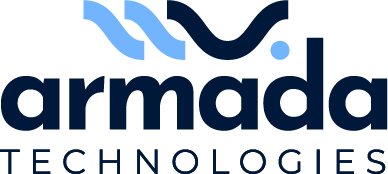TECHNOLOGY
- The 5 goals listed below, to develop decarbonization solutions and green technologies, will reduce merchant ship fuel consumption and Greenhouse Gas (GHG) emissions.
- Will deliver to maritime stakeholders a comprehensive catalogue of retrofitting options and a web-based tool to effectively combine and rationally select a suite of systems that best reduce each ship type’s GHG emissions and life cycle costs.
Solutions that will be combined in order to achieve the target of 35% reduction:
Air Lubrication System
Generates an air carpet underneath the vessel that thanks to the much lower dynamic viscosity of the air, leads to a significant reduction of the skin friction, which represents a large portion of the ships resistance. Even though the fuel saving depends on the specific vessels size, hull shape and operational conditions, it is estimated that ALS can lead to 8-12% fuel savings.

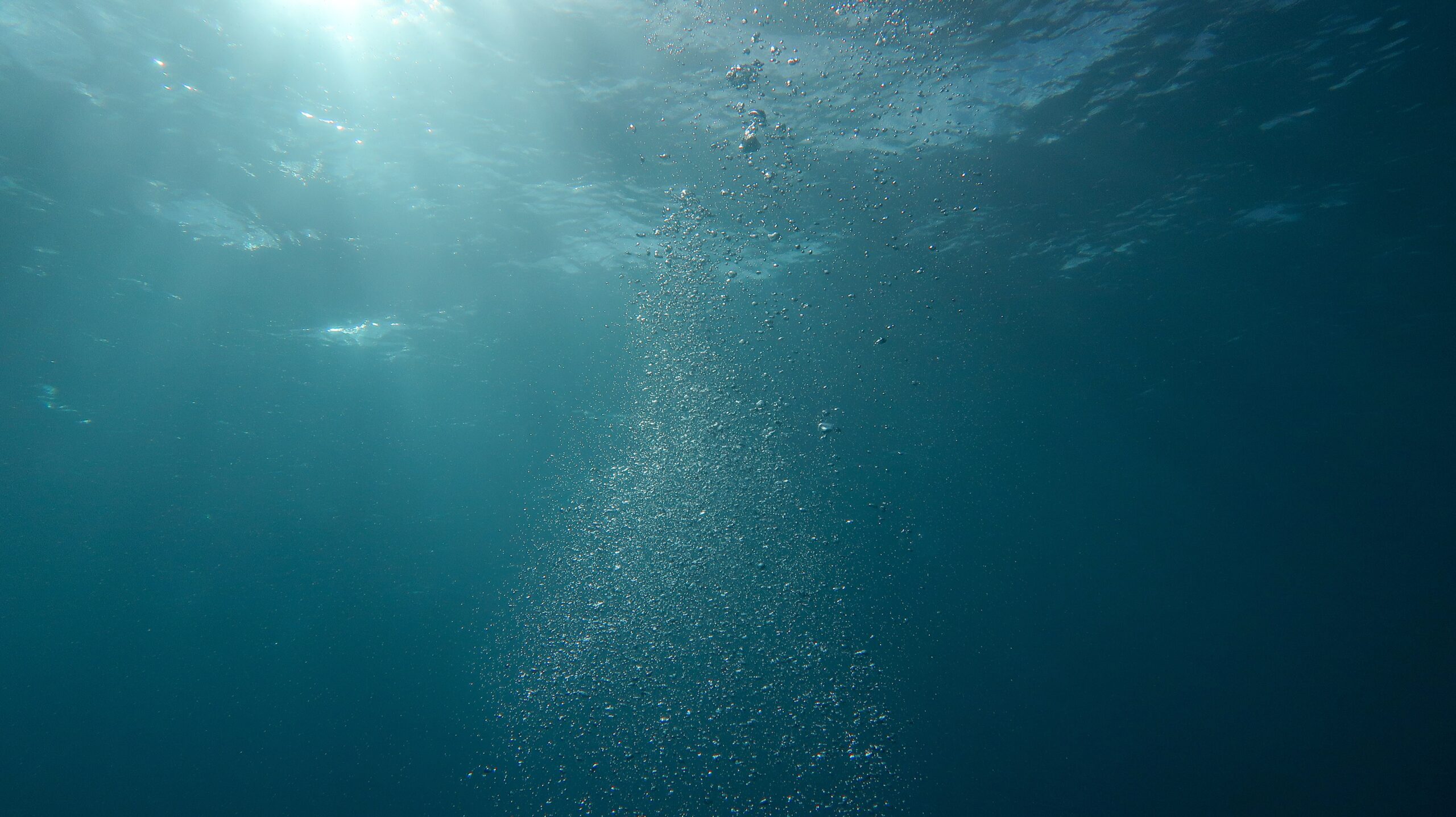
During RETROFIT55:
Efforts shall be made to optimize the air carpet and to achieve the maximum consistent fuel savings at variable operational conditions and different vessel drafts. A systematic series of tank tests shall be carried out and, simulations shall supplement these, to determine how the preliminary drag reduction achieved on a plate can be scaled up and reproduced on a full-sized vessel.
Wind Assisted Ship propulsion (WASP):
Can provide an important and significant part of the energy mix for commercial shipping. Several solutions, either rigid or flexible, have already adopted on ships of small size but the operational constraints remain a barrier to adoption by industry. Among the different obstacles, the most relevant are the interference of the wind propulsion sails with the port maneuvering and berthing, as well as with the loading operations.

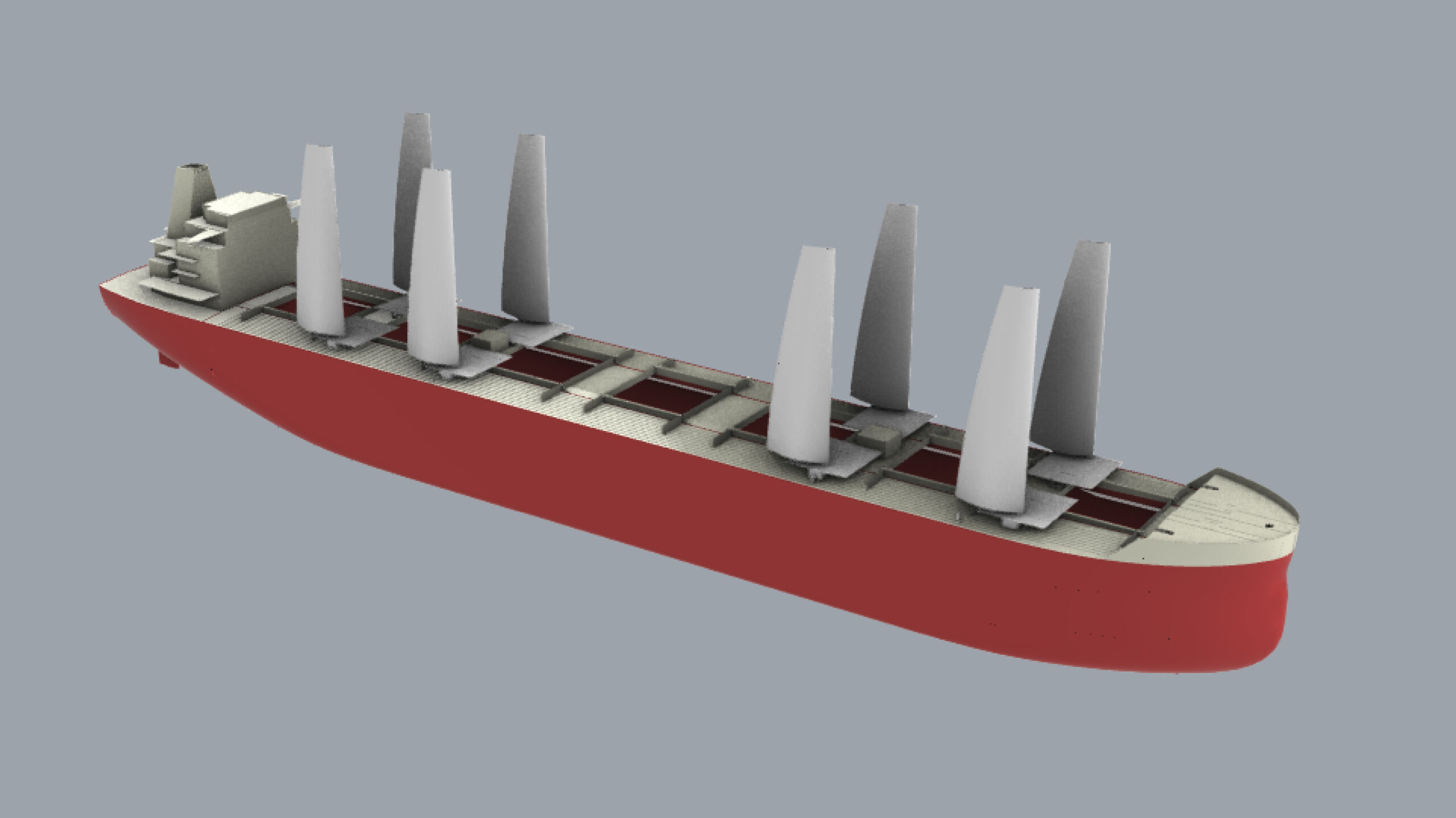
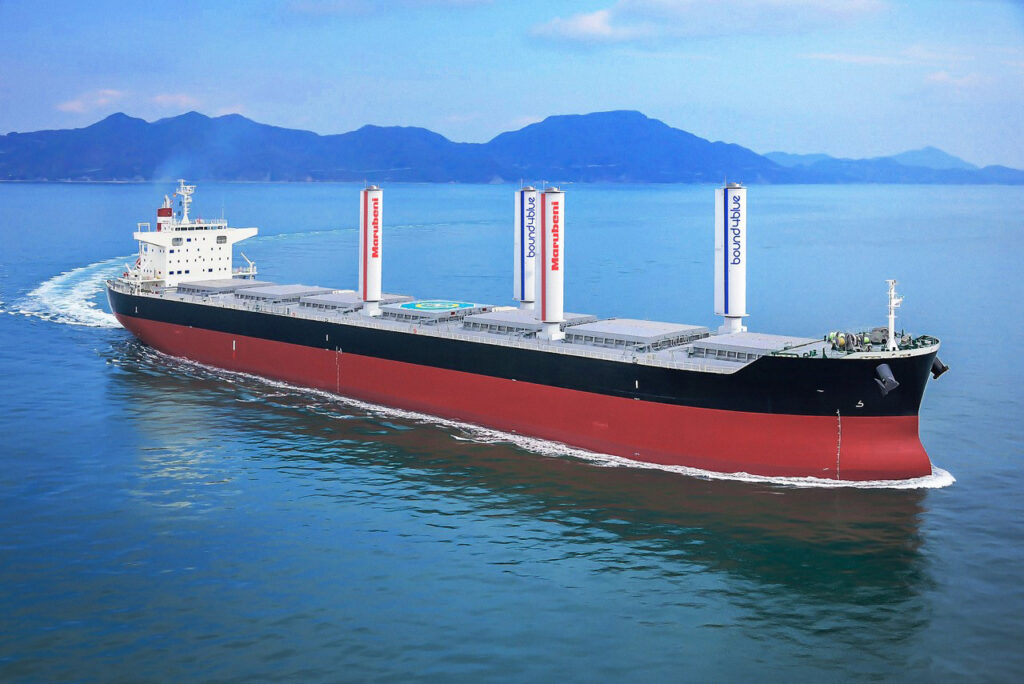
During RETROFIT55:
The following 2 options shall be investigated:
- Semi-rigid Sails: Technology of semi-rigid sails which concerns the possibility to stow a large, aerodynamically efficient, wing sail in a small, modular deck installation.
- Rigid sails: Will develop the technology of folding safely the sail when not in use and/or in port areas to avoid interference with the manoeuvering.
Holistic Hydrodynamic Optimization
By means of hull retrofit and optimization (hull, hull management, appendages), aim is to significantly improve energy efficiency and reduce GHG emissions by reducing fuel consumption.


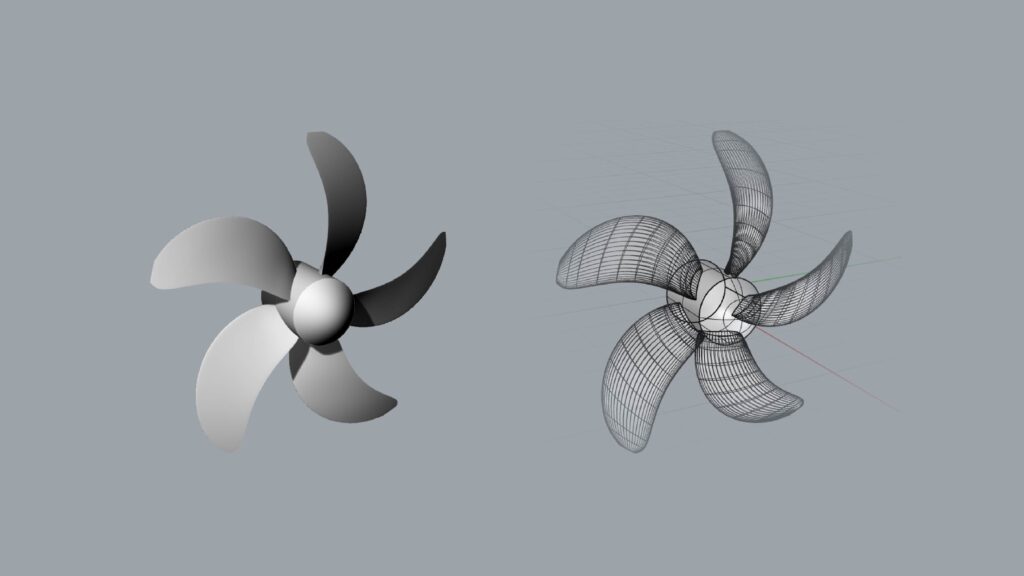
During RETROFIT55:
Solutions that will be considered (taking into account ALS and WASP technologies effects):
- Energy Saving Devices – already matured technology
- Bow optimization- to better relate to actual or modified Speed-Displacement profile and to realistic sea states
- Propeller retrofit to optimize the propulsion system for lower operating speed & lower thrust requirement due to installation of other energy saving technologies
- Trim optimization
Operational Optimization
Including weather routing and hull/propeller fouling monitoring

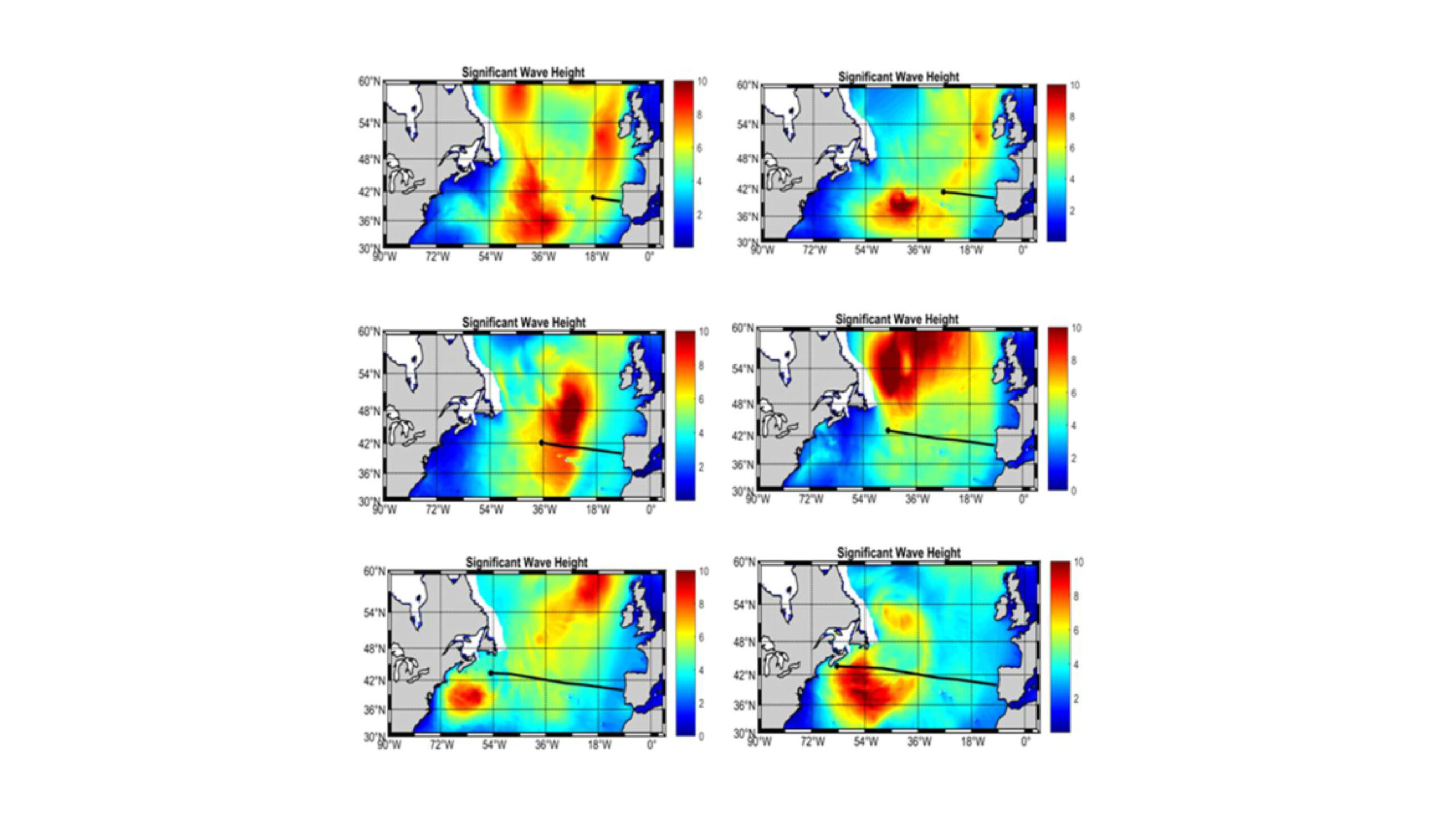
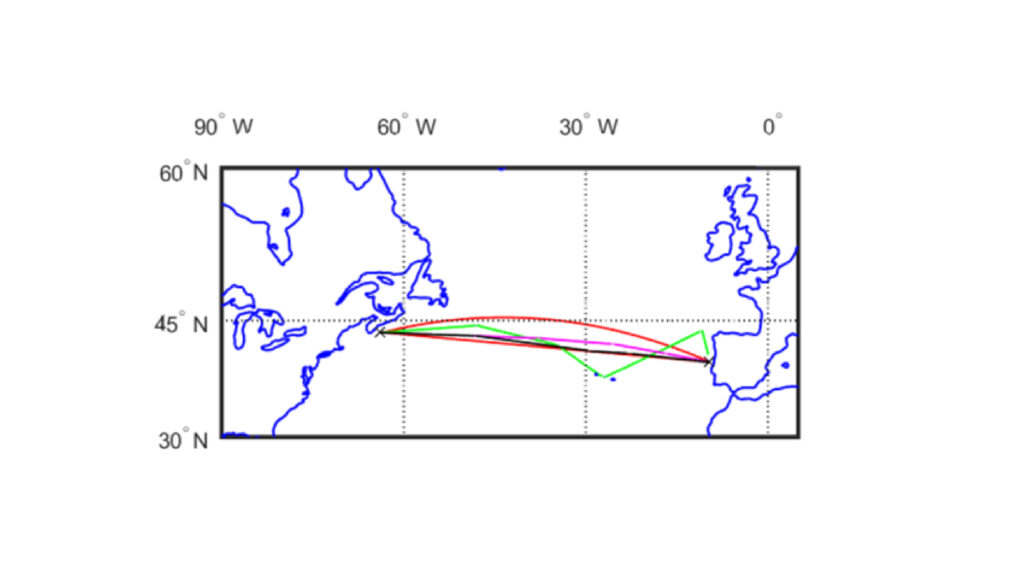
During RETROFIT55:
The impact of retrofit measures in realistic operational conditions shall be evaluated taking into consideration possible ship routes traversed and weather conditions encountered.
Electrification
Increased ship electrification through combination of Fuel Cells, Battery capacity and Photovoltaic plants.

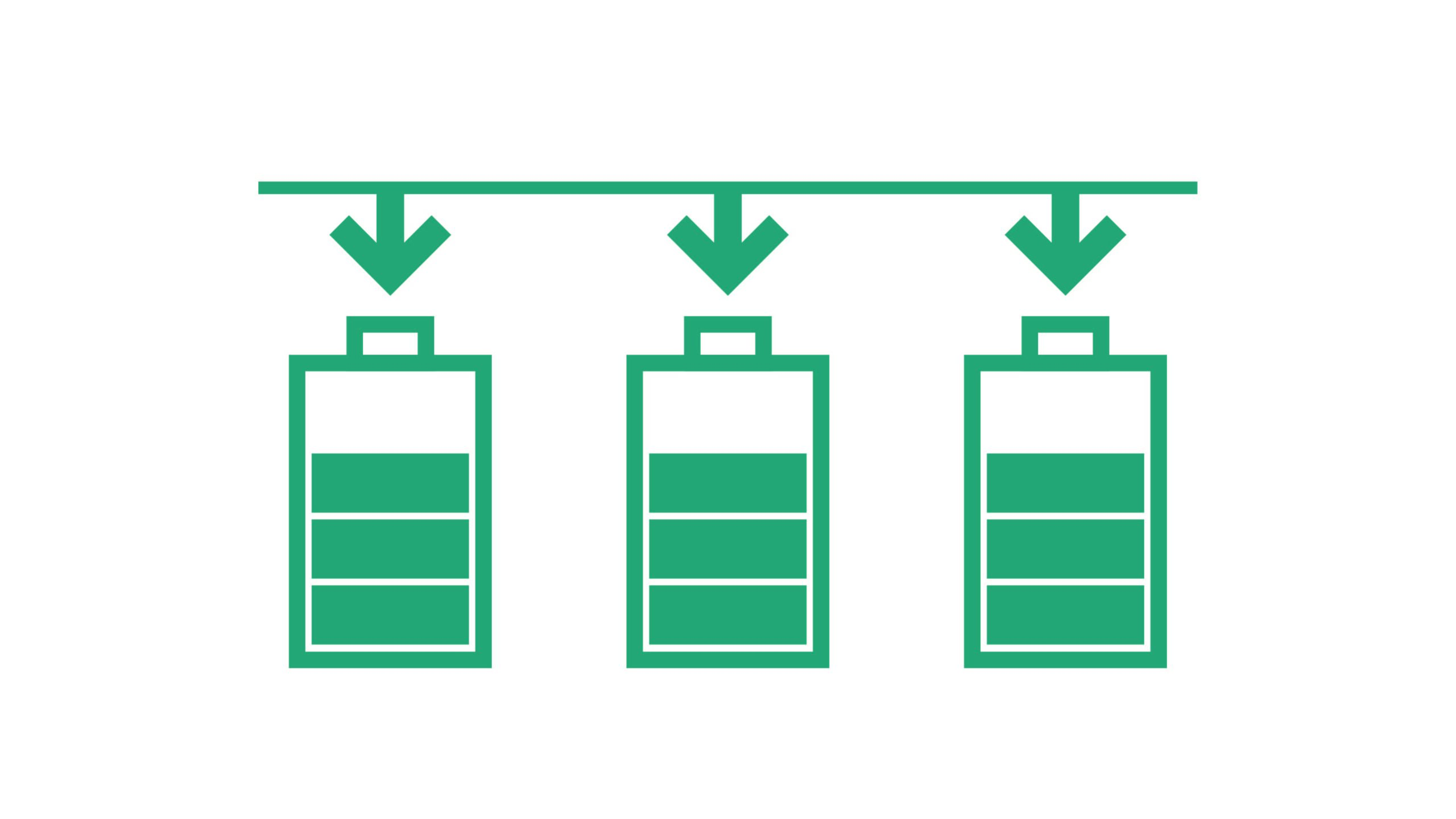
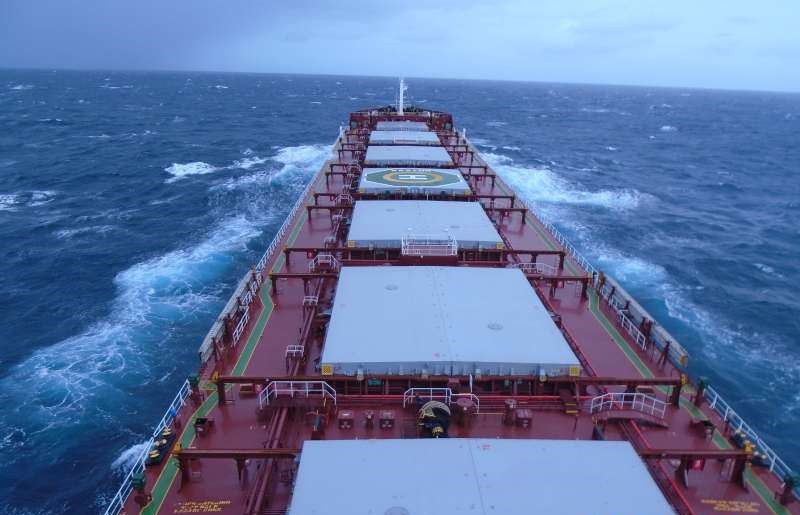
During RETROFIT55:
Energy systems on board of existing ships shall be analyzed and new solutions will be proposed to improve the ship efficiency and reduce the GHG emissions. Developed solution will be based on a combination of battery capacity, fuels cells and, wherever compatible with the ship use, photovoltaic plants. The different solutions will be integrated within an energy management system.










